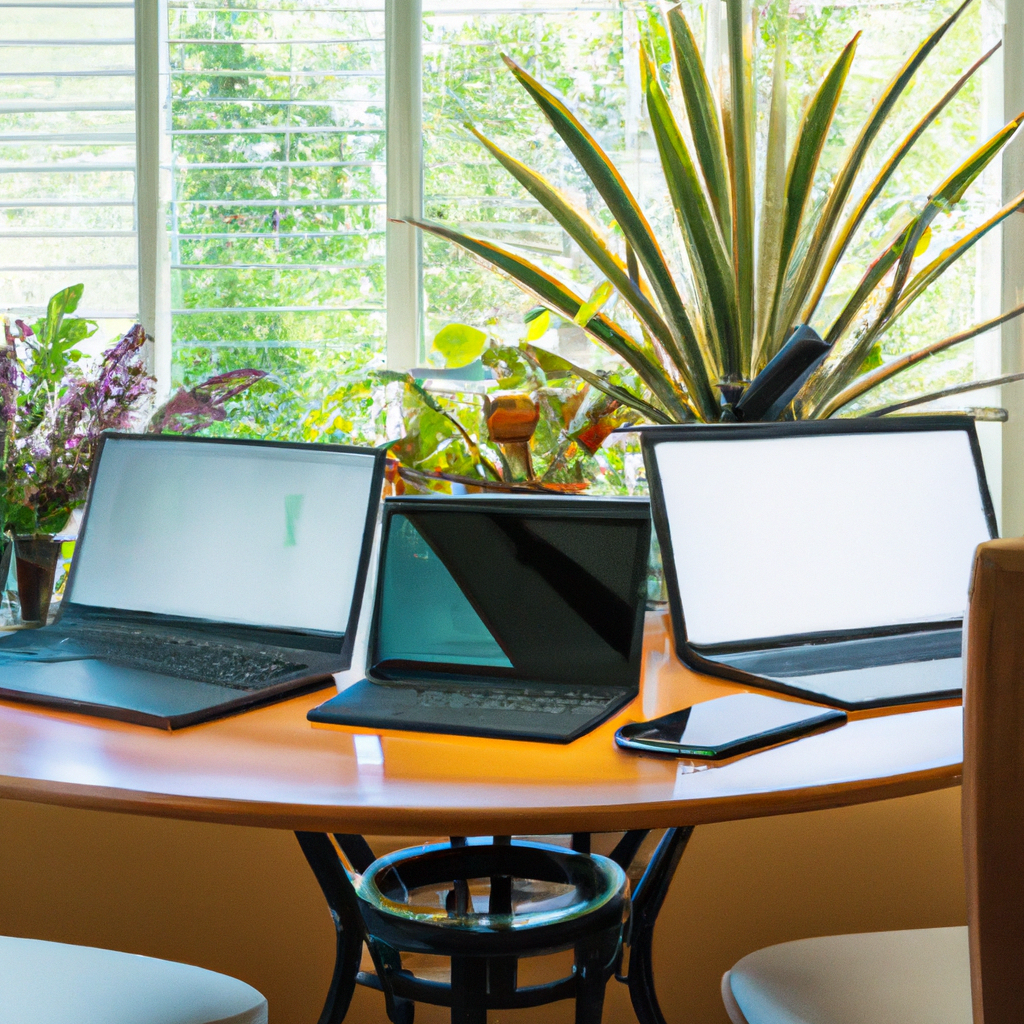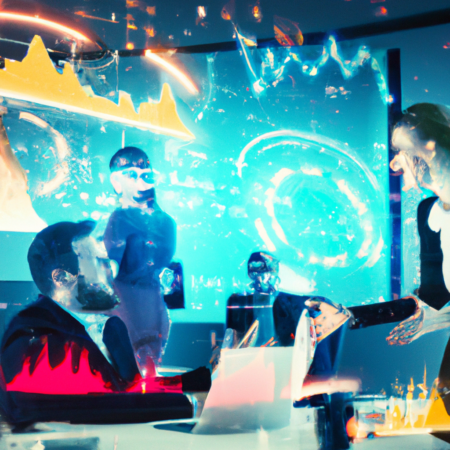Navigating the New Norms: How Remote Work is Shaping Our Future
As we move into the second quarter of 2025, the landscape of work continues to evolve at a rapid pace. The shift towards remote work, which began as a necessity, has now become a preferred mode of operation for many industries. This transformation is reshaping not just where we work, but how we work, collaborate, and balance our professional and personal lives.
The Evolution of Remote Work
In the past few years, technological advancements and cultural shifts have made remote work not only viable but also beneficial for both employers and employees. Organizations that have embraced remote work report higher productivity levels, reduced operational costs, and access to a broader talent pool.
Technological Innovations and Work
The role of technology in facilitating remote work cannot be overstated. From collaboration tools like Slack and Zoom to project management software such as Asana and Trello, technology is at the core of the remote work revolution. Moreover, AI and machine learning are beginning to play a pivotal role in streamlining tasks and enhancing communication.
Cultural Shifts and Employee Well-being
Organizations are now prioritizing employee well-being more than ever. The integration of work-life balance strategies, mental health resources, and flexible working hours are becoming standard practices. This shift not only supports employee health but also boosts overall job satisfaction and productivity.
The Future is Remote
As we look ahead, the trend towards remote work is expected to continue growing. Companies will likely invest more in remote infrastructure and develop policies that support a distributed workforce. The future of work is not just about working from home; it’s about making work more adaptable, personalized, and aligned with our lives.
In conclusion, the future of work is being shaped by remote work trends that prioritize efficiency, technology, and employee well-being. It’s an exciting time to reimagine what our work lives can be, and how we can all contribute to this new, dynamic landscape.






